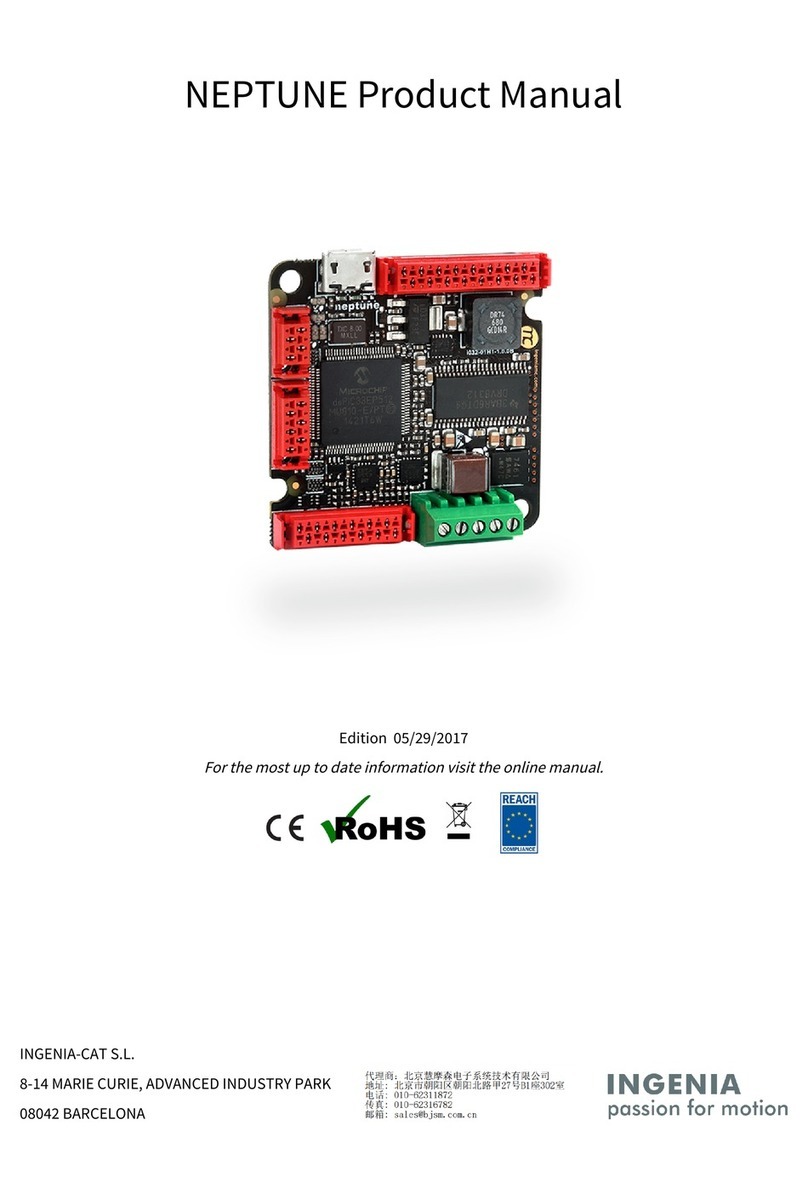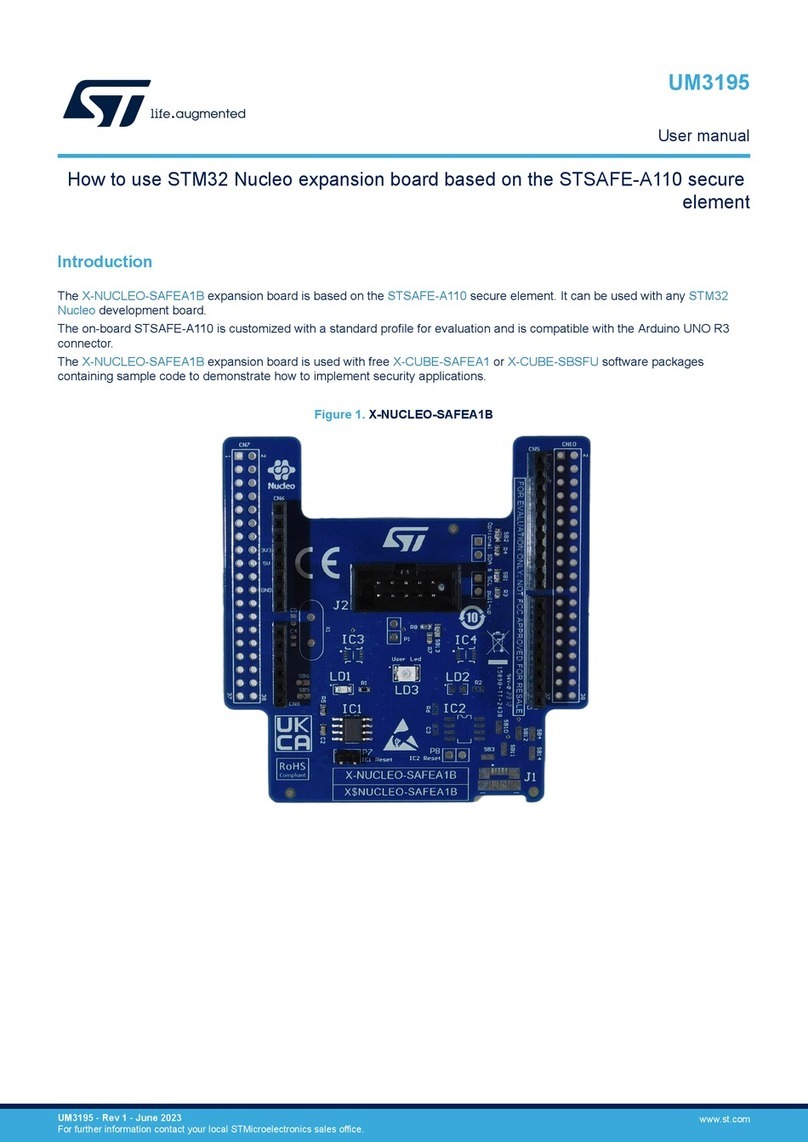1. Table of Contents
1. Table of Contents 2
2. General Information 4
2.1. Manual revision history........................................................................................................................................ 4
2.2. Disclaimers and limitations of liability ............................................................................................................... 4
2.3. Contact ................................................................................................................................................................. 4
3. Safety Information 5
3.1. For your safety...................................................................................................................................................... 5
3.2. Warnings............................................................................................................................................................... 5
3.3. Precautions .......................................................................................................................................................... 5
3.4. Pour votre sécurité............................................................................................................................................... 5
3.4.1. Avertissements..................................................................................................................................................... 6
3.4.2. Précautions .......................................................................................................................................................... 6
4. Product Description 7
4.1. Part numbering .................................................................................................................................................... 7
4.2. Specifications....................................................................................................................................................... 8
4.2.1. Electrical and Power Specifications....................................................................................................................8
4.2.2. Motion Control Specifications............................................................................................................................. 9
4.2.3. Inputs/Outputs and Protections ....................................................................................................................... 10
4.2.4. Communication for Operation .......................................................................................................................... 11
4.2.5. Environmental Conditions................................................................................................................................. 11
4.2.6. Reliability Specifications ................................................................................................................................... 12
4.2.7. Mechanical Specifications ................................................................................................................................. 12
4.2.8. Compliance ........................................................................................................................................................ 13
4.3. Thermal and Power Specifications ...................................................................................................................13
4.3.1. Standby power consumption............................................................................................................................ 13
4.3.2. Thermal model................................................................................................................................................... 14
4.3.3. Current derating................................................................................................................................................. 15
4.3.4. Heat dissipation and heatsink calculation .......................................................................................................15
4.3.5. Energy efficiency ................................................................................................................................................ 17
5. EtherCAT Specifications 18
6. CANopen Specifications 19
7. Pinout 21
7.1. Connectors Overview......................................................................................................................................... 21
7.2. P1 and P2 Power pins ........................................................................................................................................ 21
7.3. P3 Feedback connector .....................................................................................................................................23
7.4. P4 Everest NET Interface connector.................................................................................................................. 26
8. Safe Torque Off (STO) 32
8.1. Safety Function Specifications.......................................................................................................................... 32





























